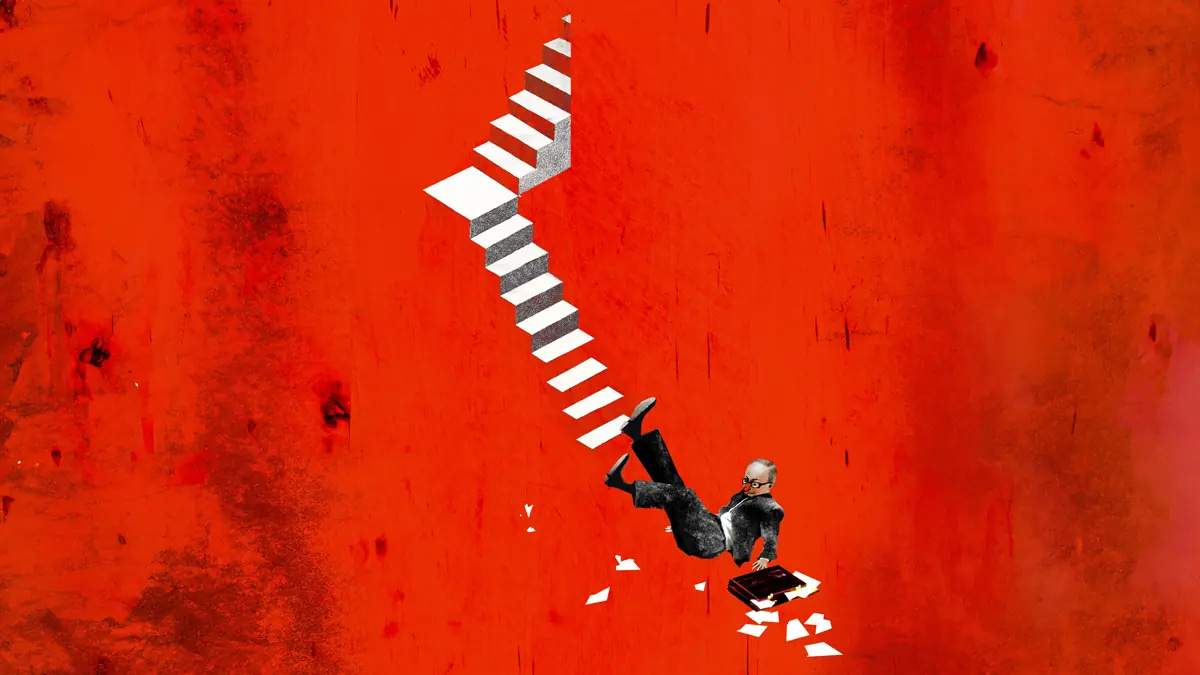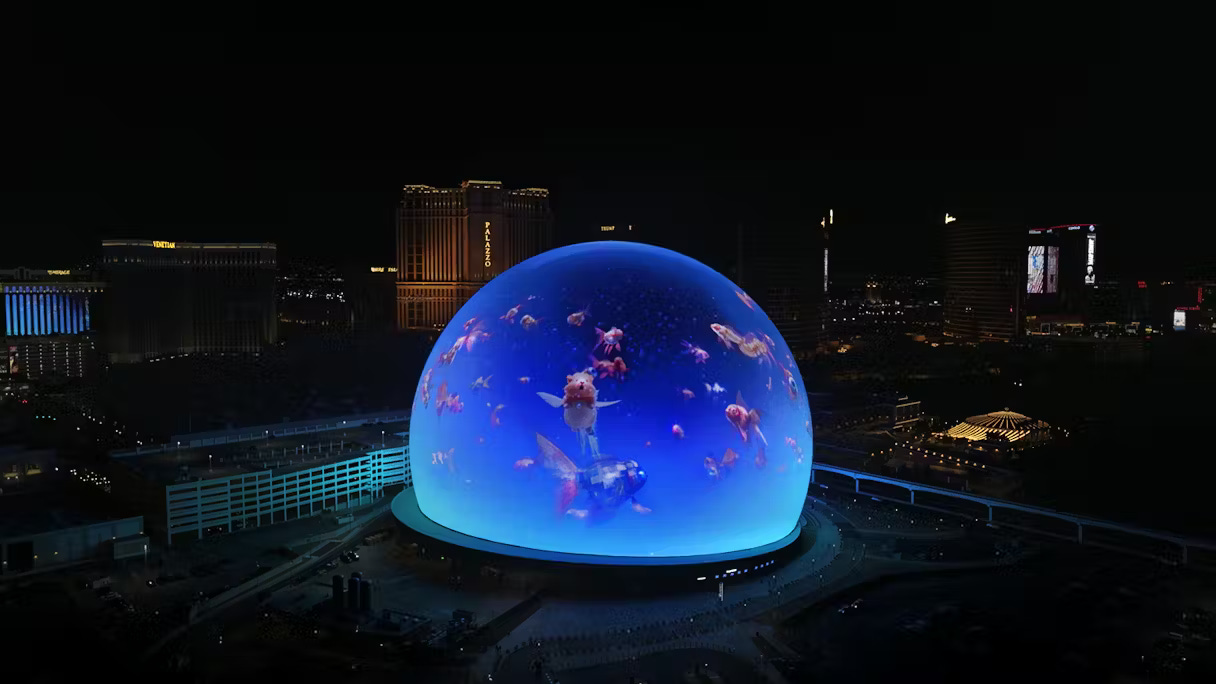Is Firefly still a thing?
Edition 18 - Also; Bad news. The current agency model is still broken. Let's deal after Cannes, n'est-ce pas?
1. It’s been a while. How are we doing, Firefly?
Adobe’s ambitions for Firefly underline how AI will disrupt the agency business
Billy Seabrook, Global Chief Design Officer at IBM Consulting, and kind subscriber to this opus, says they expect to save $100m in production costs using Firefly over the next three years. An image from their incredible Sphere show is included above. Makes for a smoking wallpaper for the laptop, BTW. Check in with Billy. And meet Adobe GenStudio.
2. #F*CK!
Media pros respond to AI images from A24: 'a huge misstep for their reputation'
Controversy has erupted online over a set of AI-generated images purportedly promoting Alex Garland's latest dystopian film "Civil War." The stills depict disturbing, fictional scenes that have sparked fresh debates around the use of AI in entertainment and the need for clear labeling of synthetic content. However, the contentious images turn out to be completely disconnected from the actual film itself.
None of the depicted scenes appear in the finished movie, revealing the AI-generated visuals to be essentially a speculative thought experiment run amok on the internet. As AI generation capabilities advance, this incident underscores the potential for public confusion and the importance of transparent policies governing the creation and distribution of synthetic media.
3. Here's My Beef With Ad Agencies
A CMO's take on why the current ad agency model is broken
Adweek April 18, 2024
Stephanie McCarty, Chief Marketing Officer @ Taylor Morrison
I read this when it was a LinkedIn rant. All of her points are dead-on. My only issue is saying the current ad agency model is broken.
That’s all I’ve heard since my first day in the biz - October xx, 2003. It’s like the breakup of AT&T. Companies continue to fragment just like the distribution channels. The new smaller companies are nimble, responsive, affordable. Two problems:
Smaller agencies bloat out when you bring in account and strategy to service brands directly. And then there is what I experienced: being “free-worked” to death by a big box that is no more. May they rot in …
Smaller agencies that become larger agencies get bought up, they do their earn-outs, and leave as the big agencies consolidate and collect these errant former employees.
The new thing is private equity consolidating small-to-mid-sized agencies to build mega mid-sized agency networks (Barkley/OKRP). So that’s now a thing.

The Prognosis?
Option One
What Stephanie suggests. Brands scoot agency activities under their roof, you build a solid and scalable freelance/contractor bench, and focus on disruptive creative based on strategy provided by the brand in the creative brief. Each project freelances two creatives, one producer, and a production company. Strategy, account, resource management, and project management are in-house.
This works because there isn’t much the holding companies can snatch up. Unless Holding Companies/”Platforms” start buying up brands. Sounds bonkers, right? Private equity scares me more than A.I. Never rule out private equity.
Option Two
Succumb to “The Power of One.” Publicis has re-christened from “Holding Company” to “Platform” with collapsed P&L’s. They just wanna be your everything.
Account, Strategy, Creative, Production, Post … perhaps throw in product design too. Which leads to perhaps management consulting as well.
Seems expensive. Sounds like smaller brands go with Option One, with P&G going Option two.
Didn’t plan on typing this, but I think it’s solved. Finally.
Read Stephanie’s rant. She makes sense. Then someone tell her she’s right. Option One! Her original LinkedIn Post if you’re interested.
Have a great week everybody!






